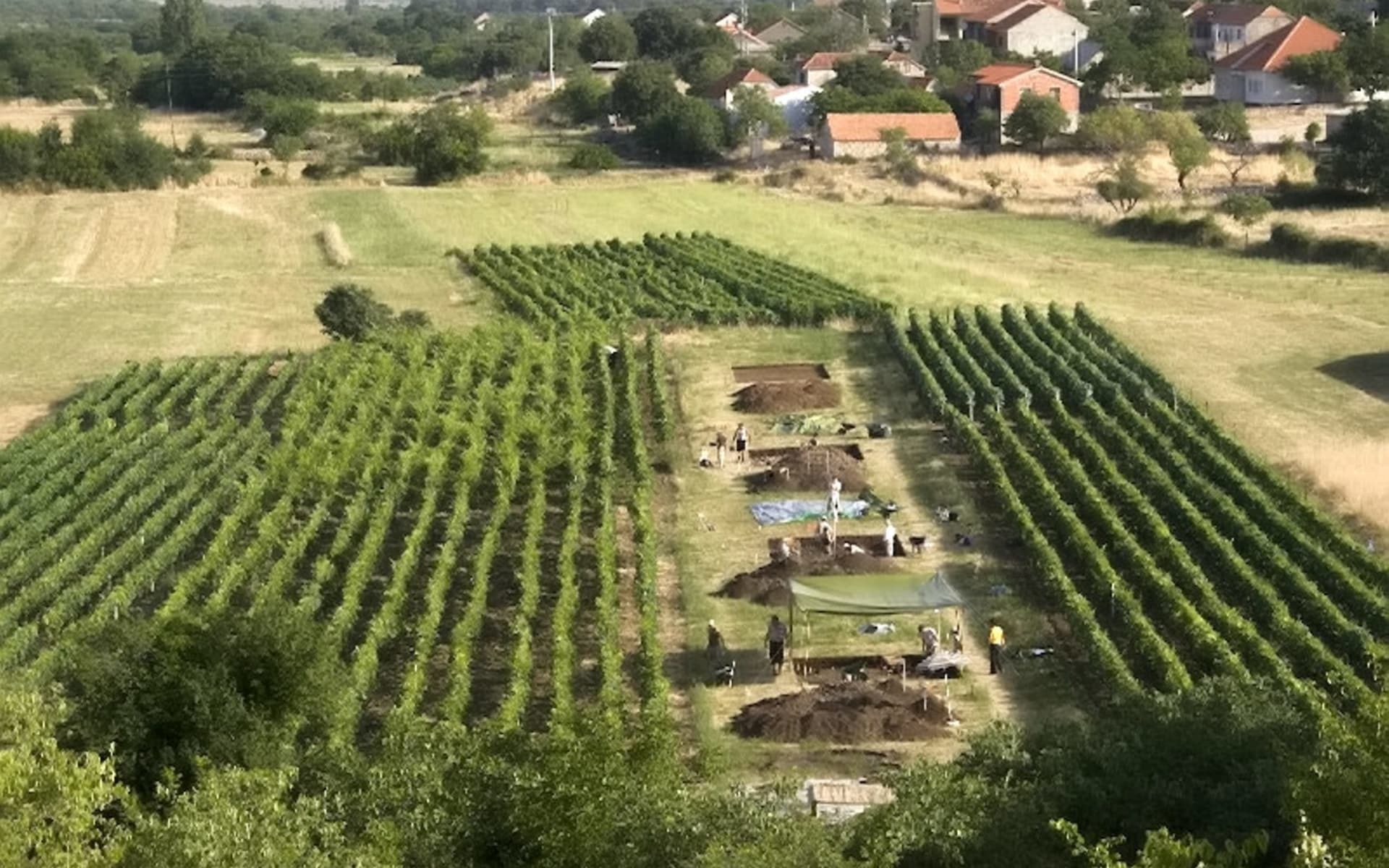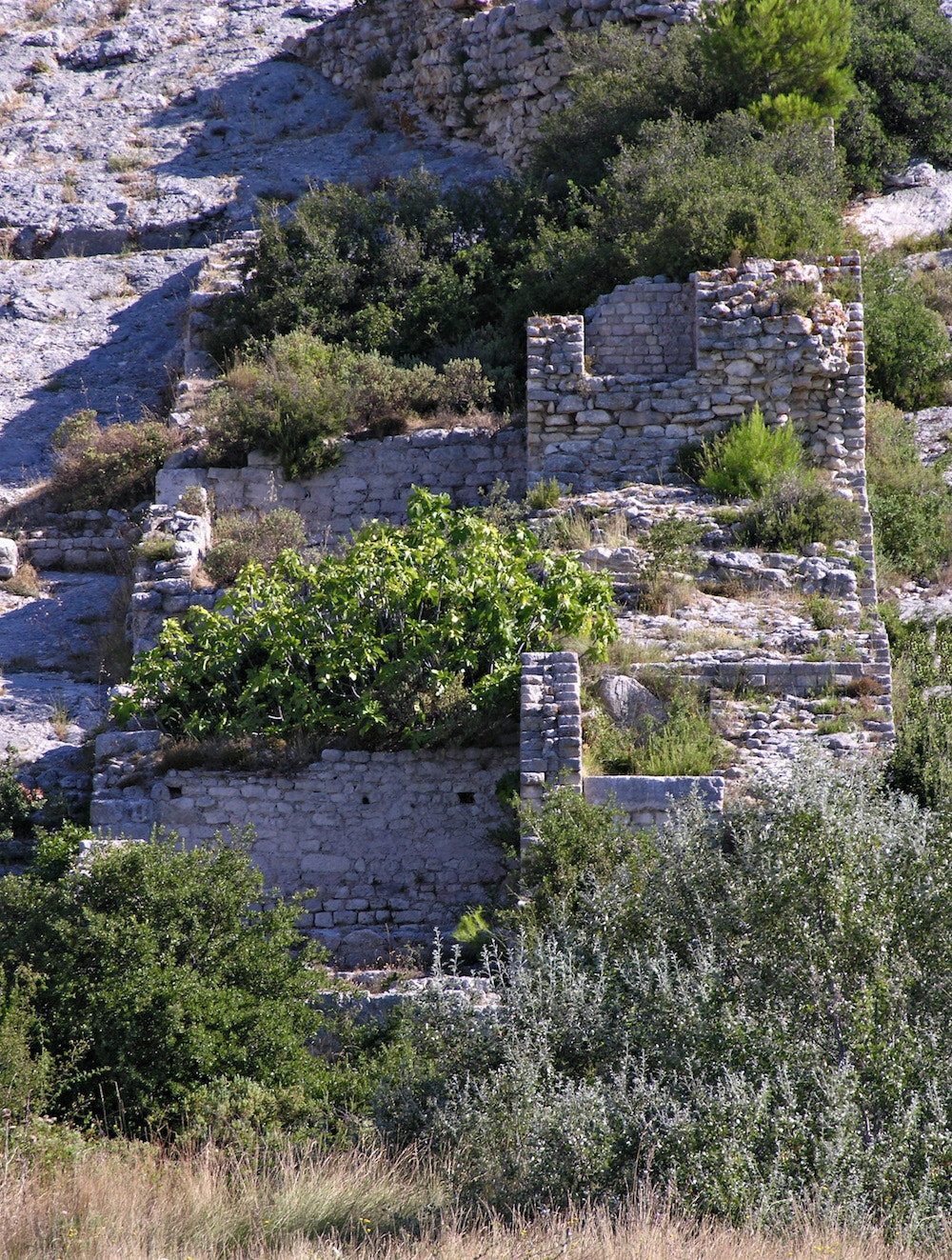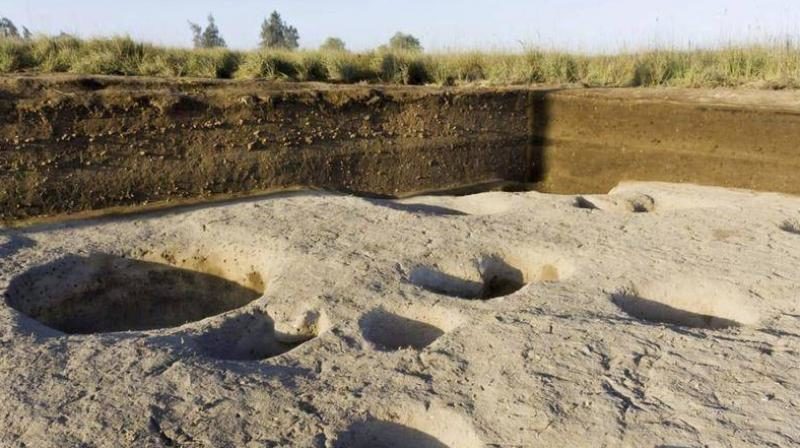
This papyrus, from c. 1500-1400 BC, is inscribed with remedies for eye diseases
3,500 years ago, a woman might have done much the same thing to find out if she was pregnant as she would today: take a urine sample and wait patiently for a chemical reaction.
A papyrus from ancient Egypt instructs a woman to pee into a bag of barley and a bag of emmer (the variety of wheat cultivated by ancient Egyptians), according to a researcher at the University of Copenhagen, who is studying the document.
"If they grow, she will give birth. If the barley grows, it is a boy. If the emmer grows, it is a girl. If they do not grow, she will not give birth," reads the text, written in a
hieratic script -- the ancient Egyptians' cursive form of Hieroglyphic writing -- and dated to the New Kingdom era, sometime between 1500 and 1300 BC.
The birth prognosis, which was first translated by a Danish Egyptologist in 1939, is just one example of a large collection of ancient Egyptian papyri belonging to the University of Copenhagen, acquired by grants from the Carlsberg Foundation.
Of the 1,400 papyri, a tiny proportion are medical texts, most of which have remained untranslated.



Comment: For more on Israel's sickening history of murder and assassination, check out: